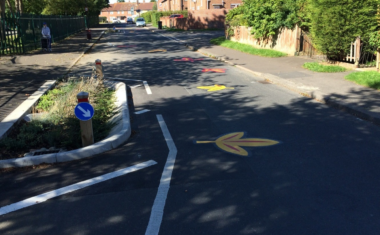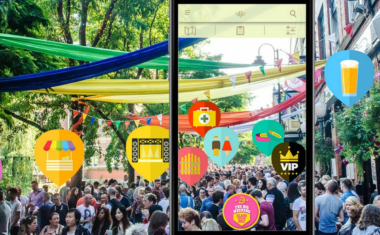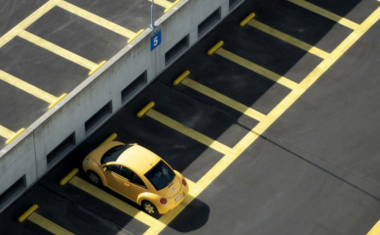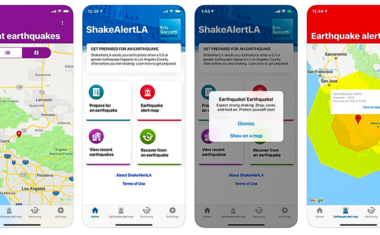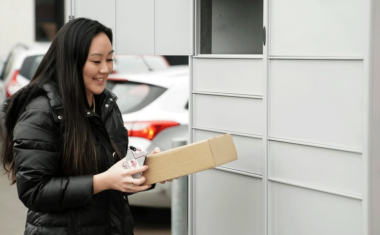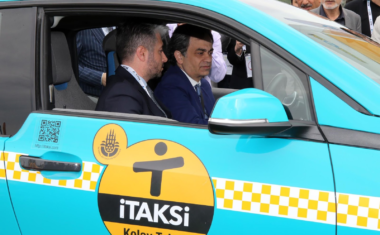ShotSpotter Gunshot Location System (GLS)
- 5 min to read
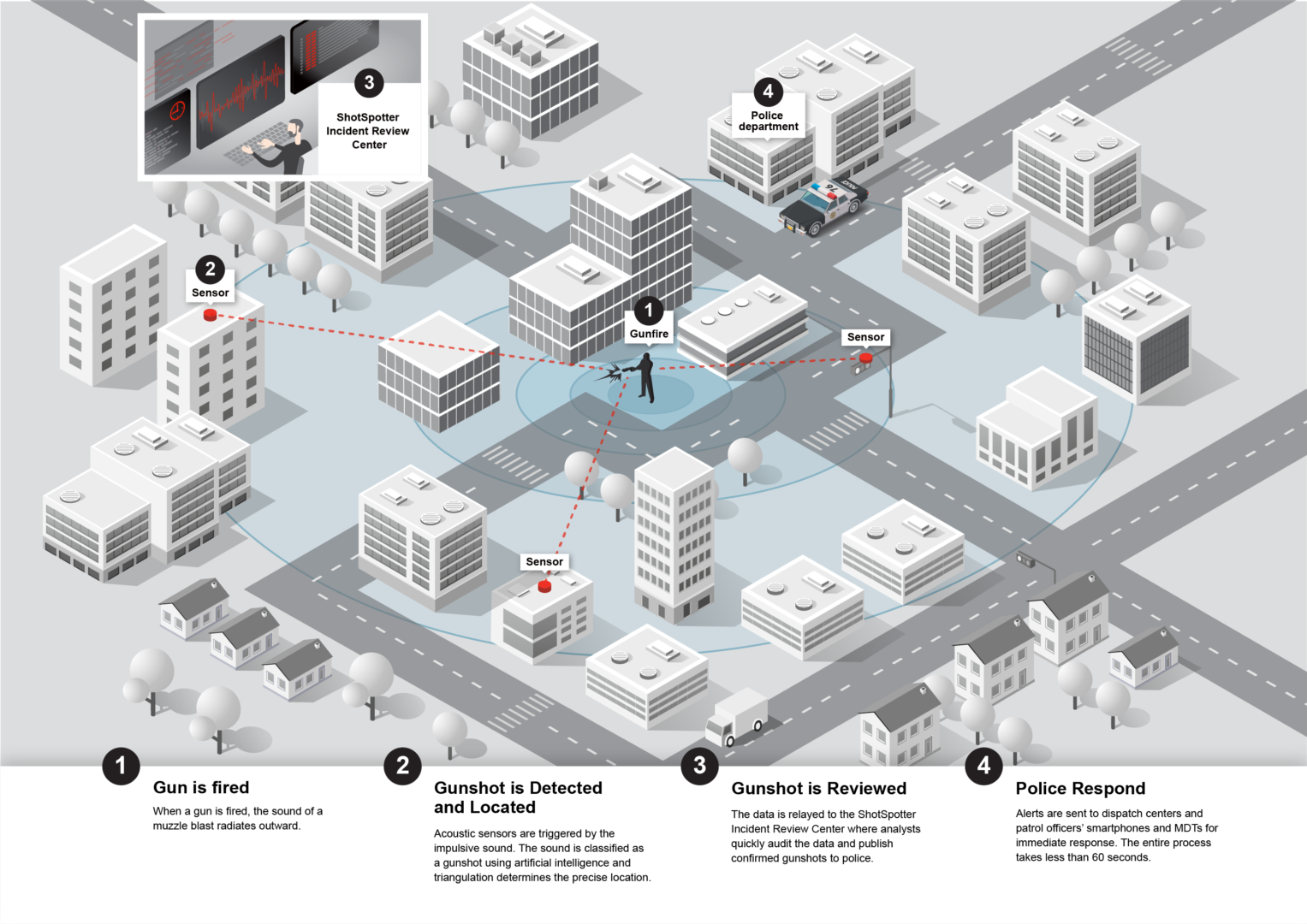
About the city. In New York, the technologies courages collaboration between private and public sector leaders and governments and inspire them to take action and innovate to make the city more safe and better place of living.
Goals
The technology aims to help officers respond quickly to shootings by sending real-time alerts to police when it detects gunshots and to reduce the crime rate in New York City.
Implementation period. The first ShotSpotter gunfire sensors were installed in Brooklyn and the Bronx in 2015.
Fact
- About 80% of the time — New Yorkers who heard shots didn’t bother calling 911.
- In March 2015, someone shooted 24 times with an automatic pistol and not one person called 911.
- Gun violence in New York City surged by more than 130% (2020) compared to June 2019.
Solutions
Acoustic sensors are strategically located in the coverage area. When a gun is fired, sensors detect shots. Audio triangulation accurately determines the location of the shot, and algorithms analyse the sound. Likely, gunshots are sent to the Incident Review Center.
Acoustic experts at the Incident Review Center analyse incidents in seconds and add relevant tactical intelligence, such as ”multiple shooters“ and ”automatic weapons”. This may change the way police approach the crime scene. Confirmed shots are published within a few seconds.
Notifications are sent to dispatch centres, patrol cars, and officers’ smartphones. The total time from the shot to the alert is less than 1 minute. Alerts can integrate with other systems, such as cameras, and trigger them to pan, tilt, and zoom in the gunshot direction.
- ShotSpotter uses audio sensors placed on rooftops and street poles and alerts patrol officers in the area of gun shootings.
- The system provides patrol officers with a forecast of the highest risk areas for crime during their shift.
- Authorised users, such as criminal analysts, can add or suppress targeted patrol based on late information.
- Guided patrolling can be viewed on MDT, smartphone, desktop computer, or printed out.
- ShotSpotter Missions uses historical and constantly updated ShotSpotter gunfire data to create improved shooting forecasts, as only 20% of shooting is reported by the community.
Challenges
The technology is not perfect — it detects sounds that aren’t shootings, such as firecrackers 5% of the time.
The NYPD did not confirm or deny any problems with the ShotSpotter program, but said it does all it can to ensure that the technology works.
Team
ShotSpotter and NYPD
Timeline
- According to 2016 statistics, 34% of shootings detected by ShotSpotter result in a 911 call.
- In 2016, police responding to 2,399 ShotSpotter alerts found weapons in 57 incidents — either left at or near the scene, or found while executing search warrants.
- Police responding to the detections of ShotSpotter have seized 31 guns and made 61 arrests in 2017.
- In 2017 ShotSpotter bought HunchLab- crime predicting technology.
If you notice an error or inaccuracy in our editorials, please email [email protected] so we can look into it.

